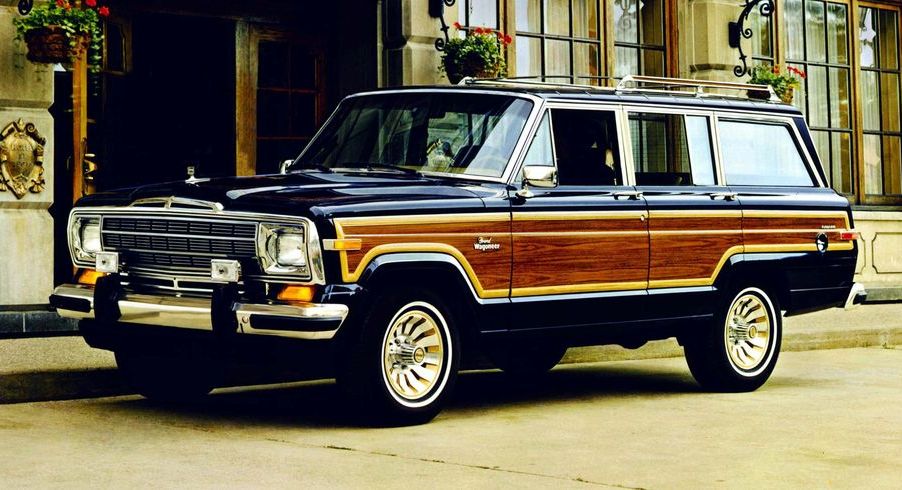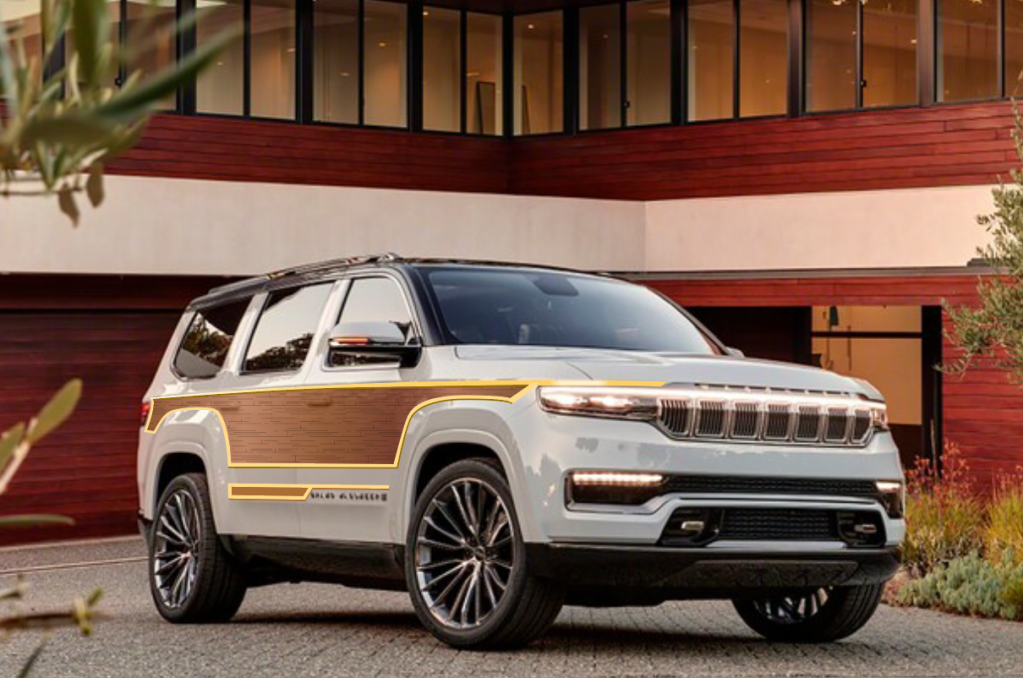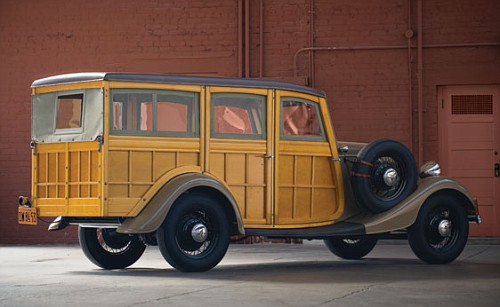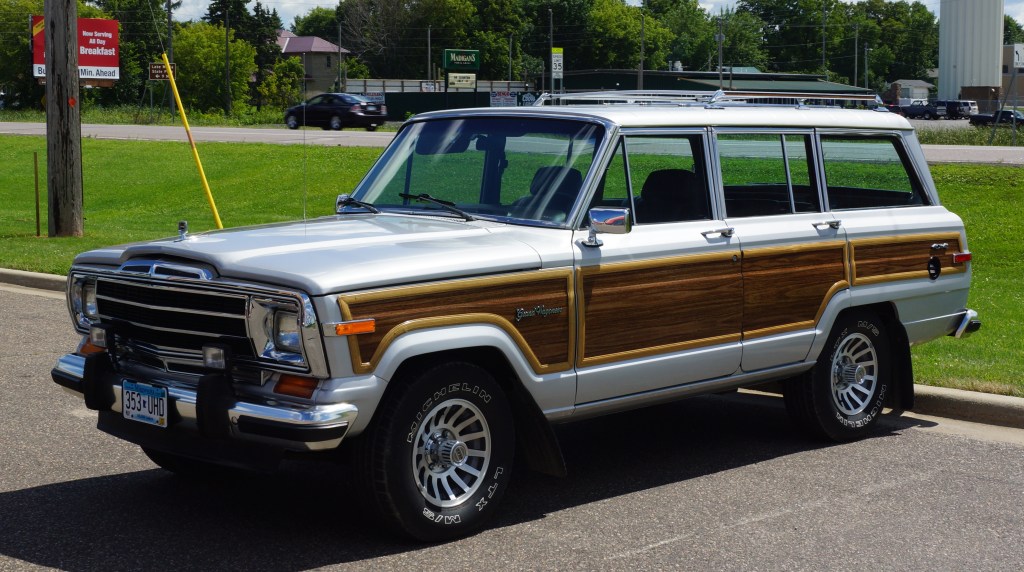
The One Big Thing Jeep Grand Wagoneer Forgot
The one thing that Jeep forgot about the Grand Wagoneer is what made it grand. It’s also what makes it kitschy-chic today. We’re surprised we didn’t see it in the grand reveal. Maybe we’re being too hasty, or maybe it is slated for a couple of years down the road. You know, after the freshness of the Wagoneer has worn off.
What we’re talking about is the fake wood on the sides

What we’re talking about is the fake wood on the sides. It wasn’t really a Grand Wagoneer unless it had that crazy Di-Noc fake vinyl wood decal-thing flanking its sides. All things being equal it is what costs more in collectible circles. If you have a red one and a fake wood one and they’re both at one of those high-zoot car auctions which one will sell for more? The fake wood version of course.
The reasons why are probably many, but if we had to guess it is more valuable today because it represents the grandness of the whole Grand Wagoneer brand. It represents a period in time when that sort of kitschy thing was considered “upscale” or “classy.” Maybe it still does. But that doesn’t matter now.
The main thing is that for Jeep to capitalize on the Grand Wagoneer’s grand past it needs the fake wood option. Where is it? It should have been front and center for the reveal. Instead, scribes must show you what should have been. Or, what still might be.
This whole fake wood trend came from how station wagons were originally

This whole fake wood trend came from how station wagons were originally. A station wagon was used mostly by hotels to ferry people from the train station back to the hotel. And vise-versa. That’s why it has “station” in the name.
And those station wagons had bodies made out of wood. In the 1920s they were so low production, and steel stamping was in its infancy, it was easier and better to make the bodies out of wood. And these wooden station wagons were always the most expensive of all of the models a manufacturer made.
As the wooden station wagon transitioned it was still the most expensive model made

In the late-1940s carmakers shifted from making the bodies out of wood to steel. But they would still use real wood to adorn the sides. By the mid-1950s cast fiberglass pieces replaced the wood and a vinyl decal or Di-Noc filled in between that fake fiberglass wood. In the 1960s the more modern look was to still have the big wood decal slapped onto the sides but surrounded by chrome trim rather than fake fiberglass wood. As the wooden station wagon transitioned it was still the most expensive model made.
That’s how the grandest of the Grand Wagoneers became the iconic ne-plus-ultra of Wagoneers. And why it still is today. Yeah, it looks sort of corny. And also, kind of busy and maybe even gaudy. But what is should remain what is. The facts are the facts. You can’t reverse a river stream. Did we get in most of these cliches? OK, then.
So Jeep: you need to have this option on the horizon. It may become so chic that Chevy will start offering it on Suburbans, and the same for Explorers. And who knows, maybe even Tellurides?




